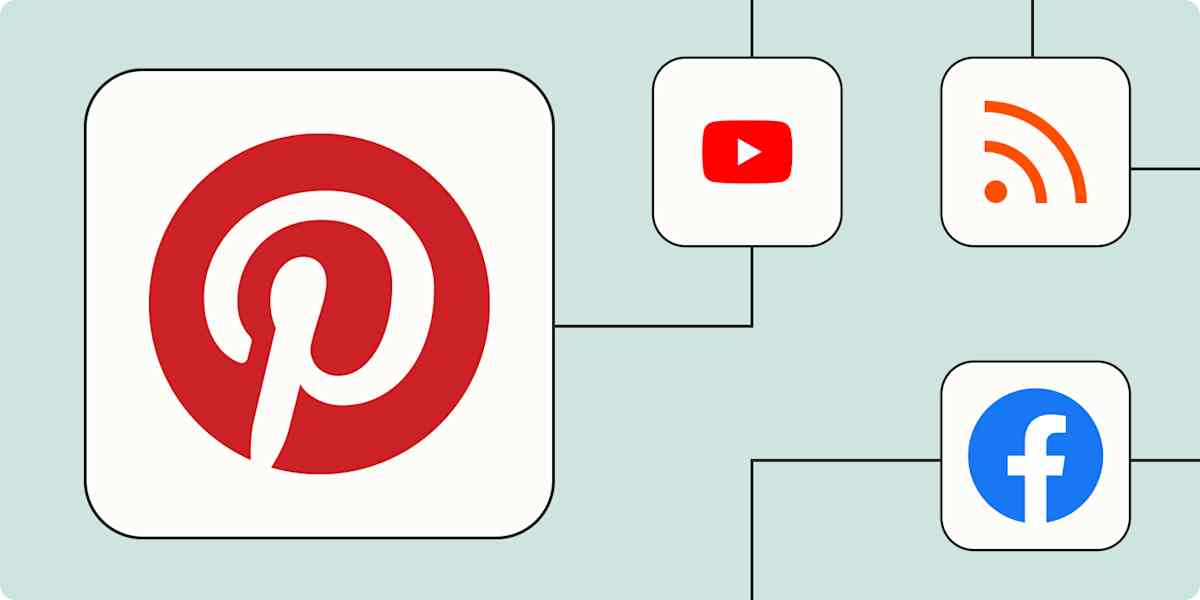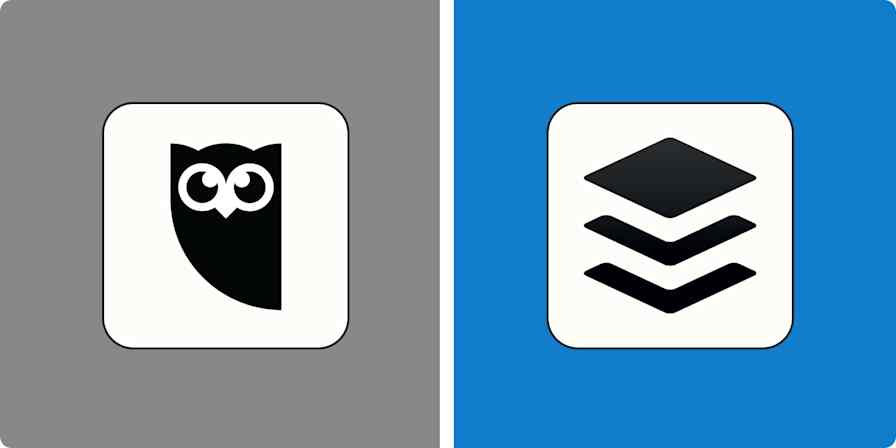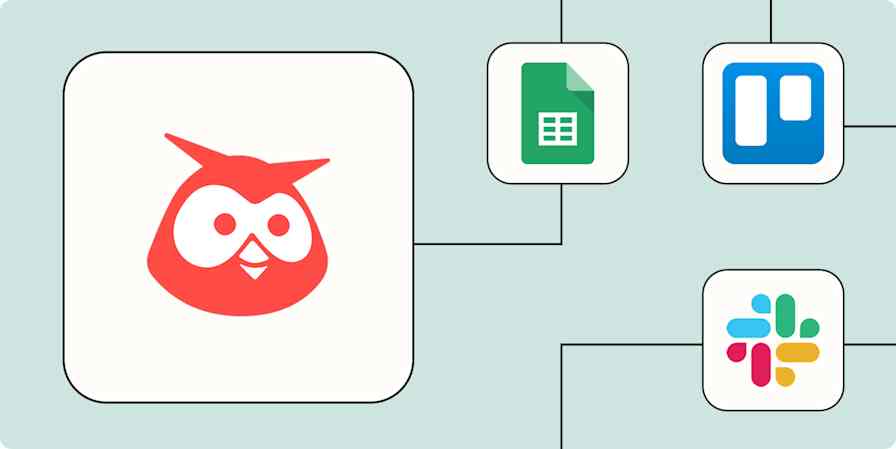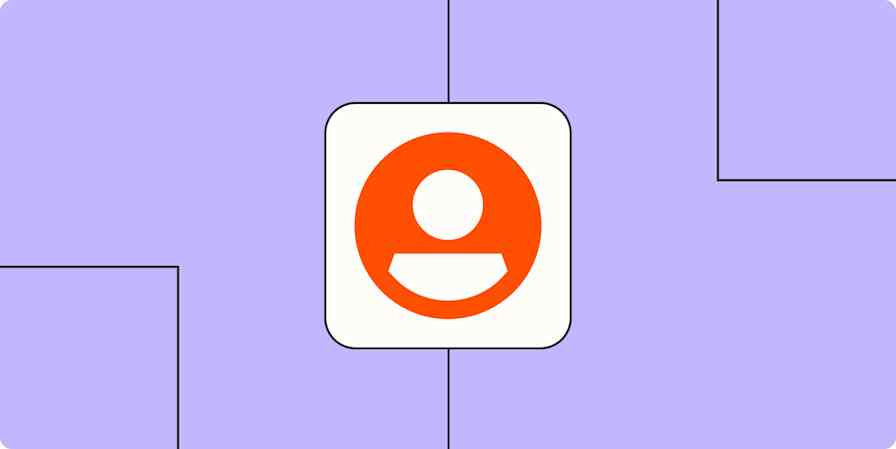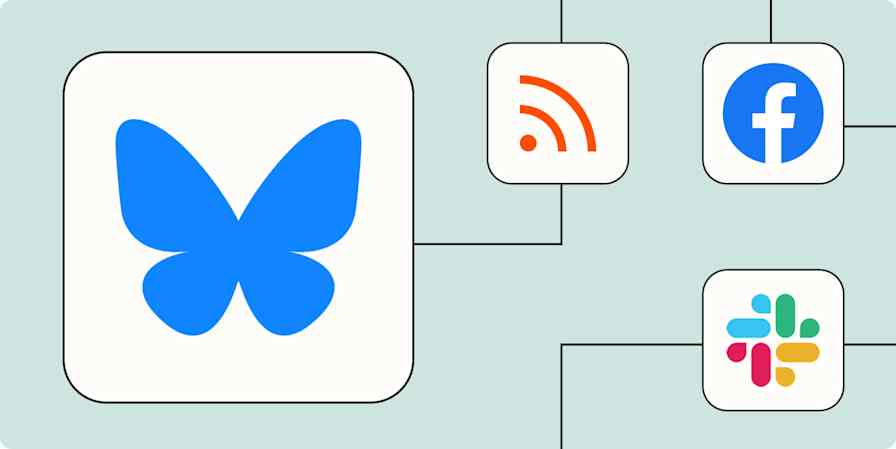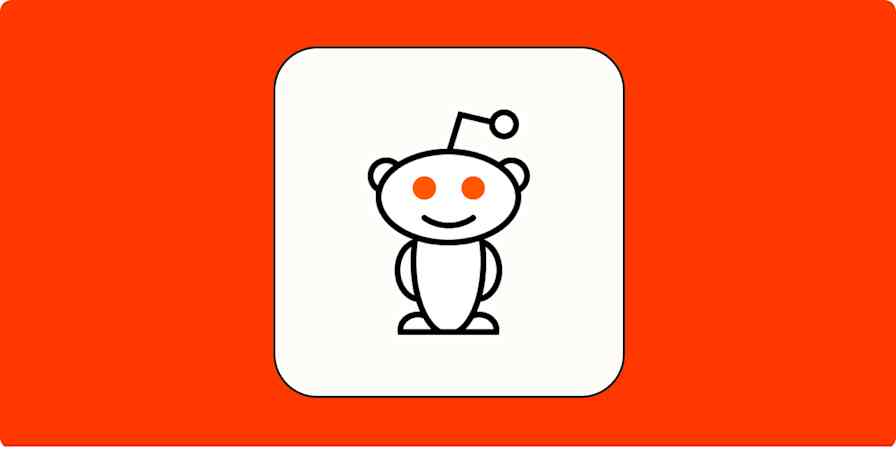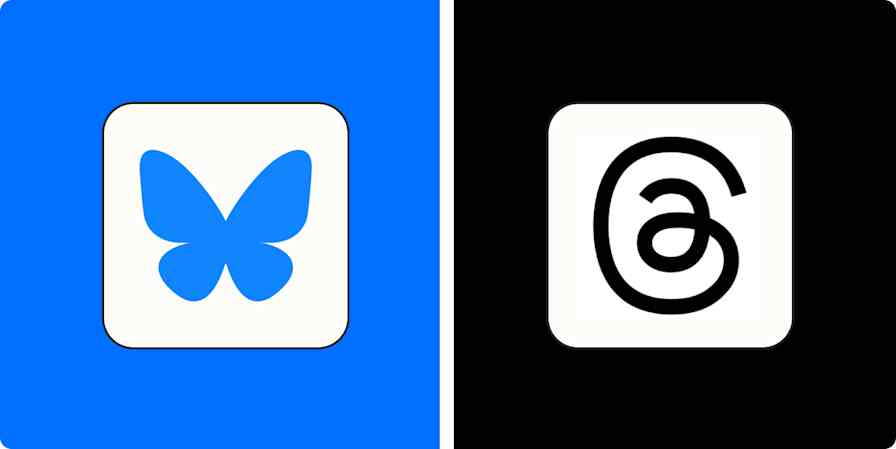App tips
5 min readHow Pinterest templates changed the way I do business
Learn how to make Pinterest templates that will help grow your business
By Christian Coulson · May 6, 2021
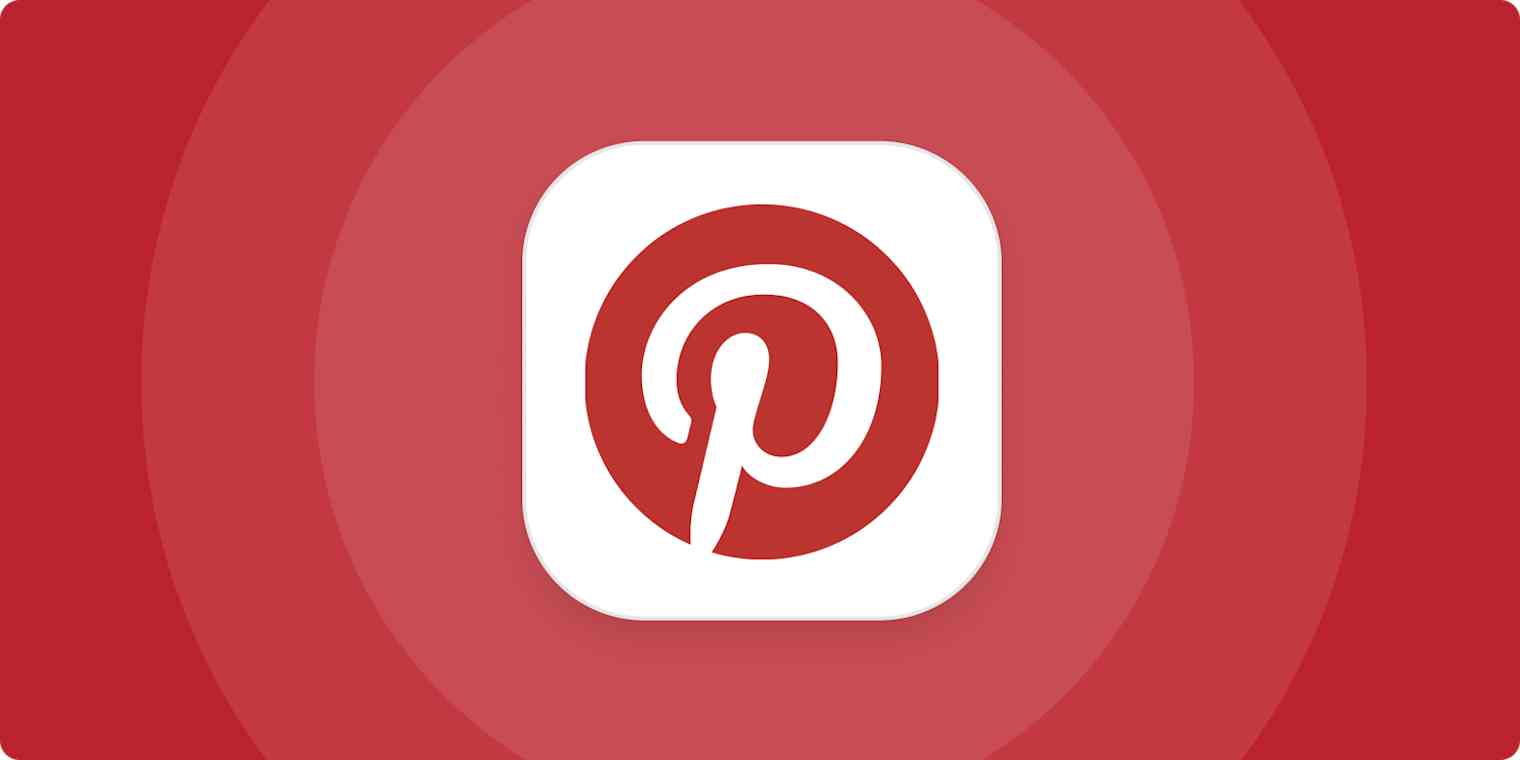
Get productivity tips delivered straight to your inbox
We’ll email you 1-3 times per week—and never share your information.
mentioned apps
Related articles
Improve your productivity automatically. Use Zapier to get your apps working together.

